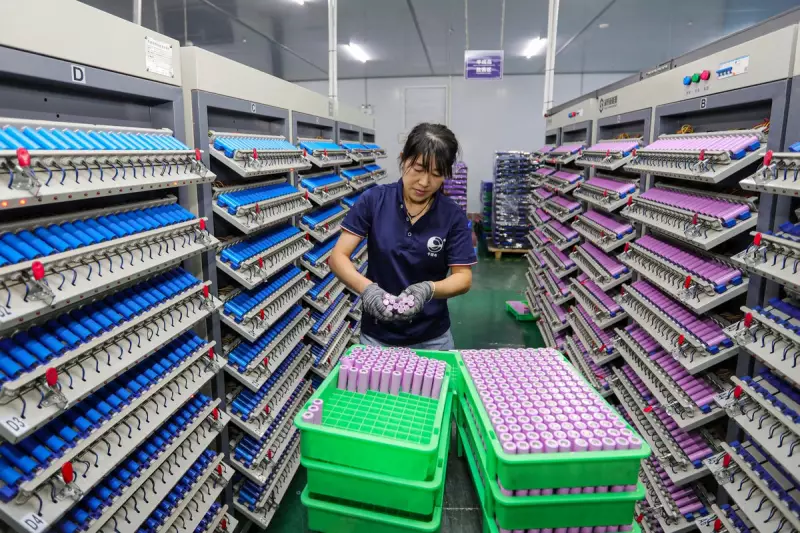
In a development that could revolutionise how we power our daily lives, researchers in China have unveiled a groundbreaking method that could dramatically extend the lifespan of lithium batteries.
The Game-Changing Discovery
Scientists at Tianjin University have developed an innovative technique that addresses one of the most persistent problems in modern electronics: battery degradation. Their approach focuses on modifying the battery's internal components to create more stable structures.
This breakthrough could potentially triple the operational life of lithium batteries, meaning your smartphone might maintain its charge capacity for years longer than current models.
How It Works
The research team discovered that by creating a specific type of particle coating and optimising the battery's electrode design, they can significantly reduce the degradation that normally occurs with repeated charging cycles.
"We've essentially found a way to make the battery's internal structure more resilient to the stresses of daily use," explained one researcher involved in the project.
Implications for Consumers and Industry
This advancement could have far-reaching consequences:
- Smartphones maintaining peak performance for 5+ years
- Electric vehicles with significantly longer range between replacements
- Reduced electronic waste from discarded devices
- Lower long-term costs for consumers
The technology represents a significant step forward in sustainable electronics, potentially reducing the environmental impact of battery production and disposal.
What's Next?
While still in the research phase, the team is optimistic about commercial applications. They're currently working with manufacturers to scale up production and anticipate seeing this technology in consumer products within the next few years.
This development comes at a crucial time as the world increasingly relies on portable electronics and transitions toward electric transportation.




